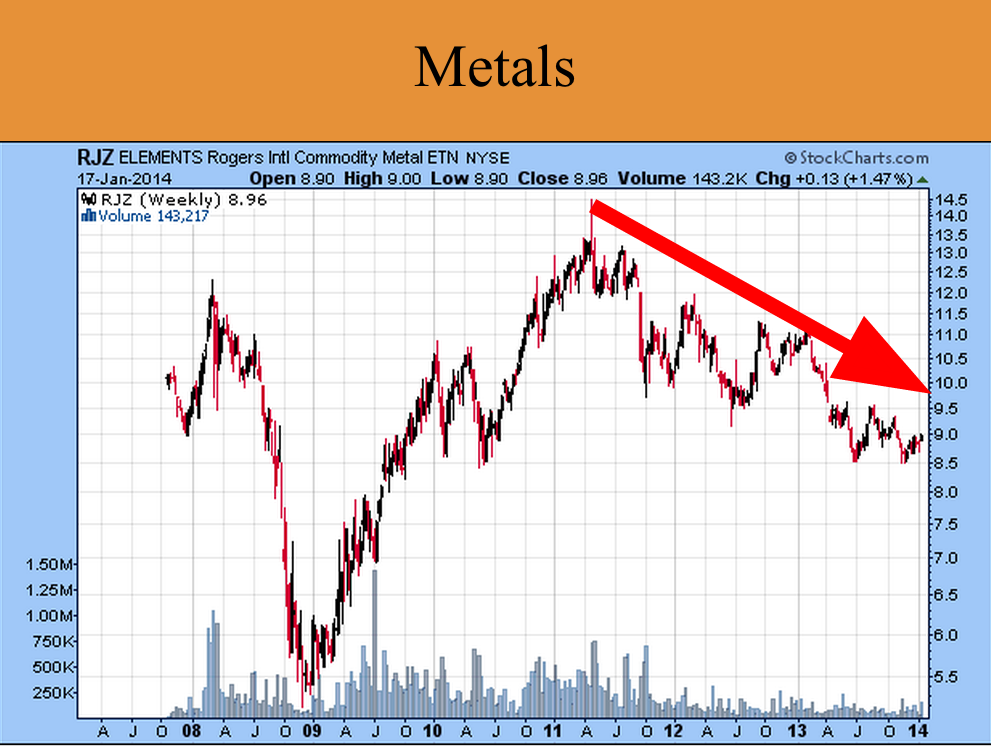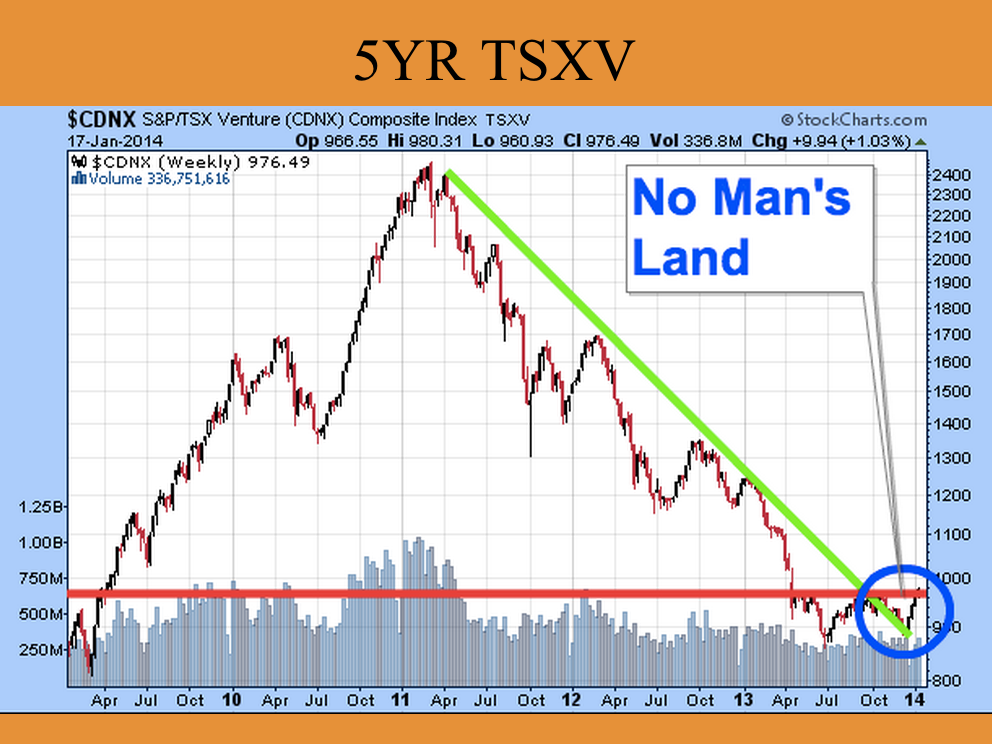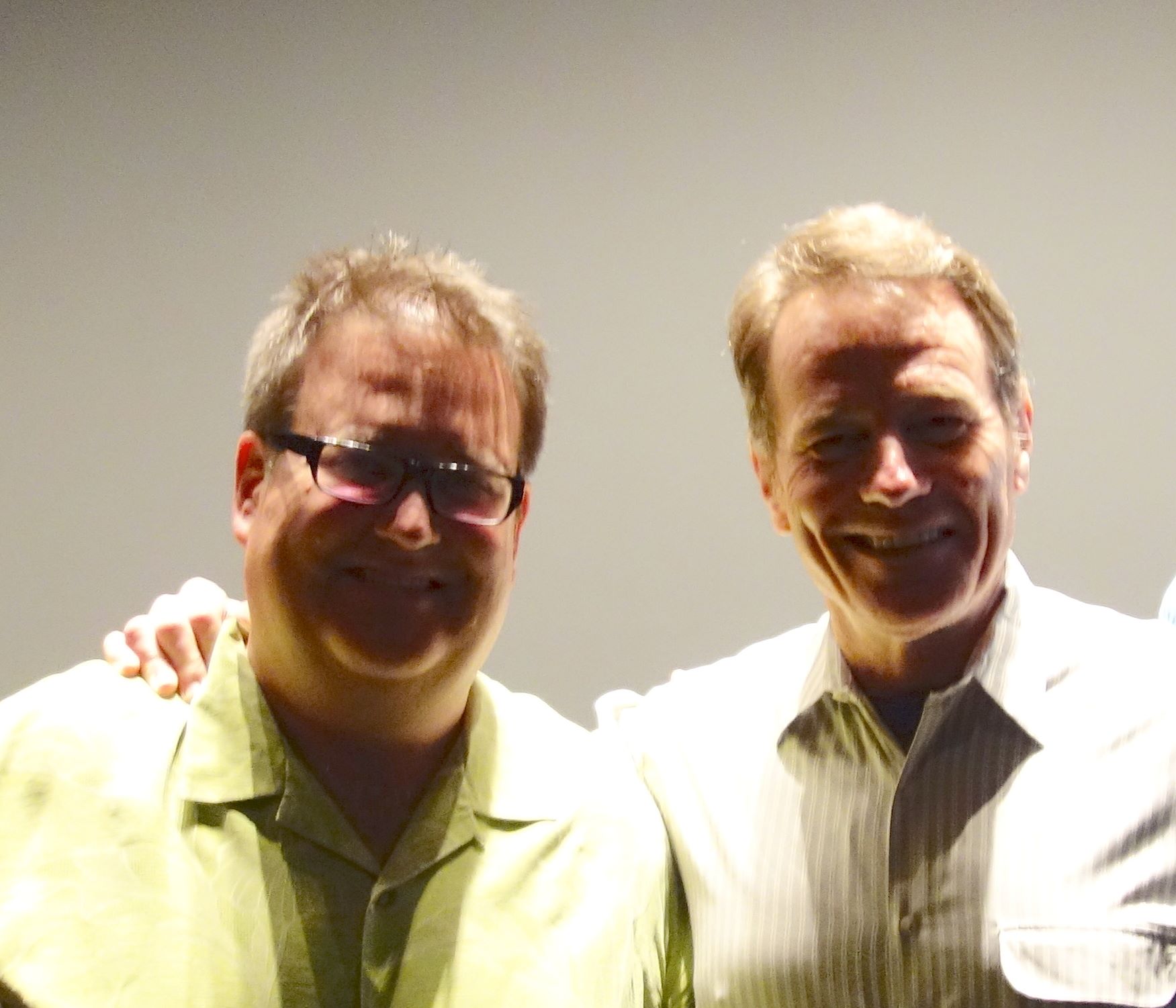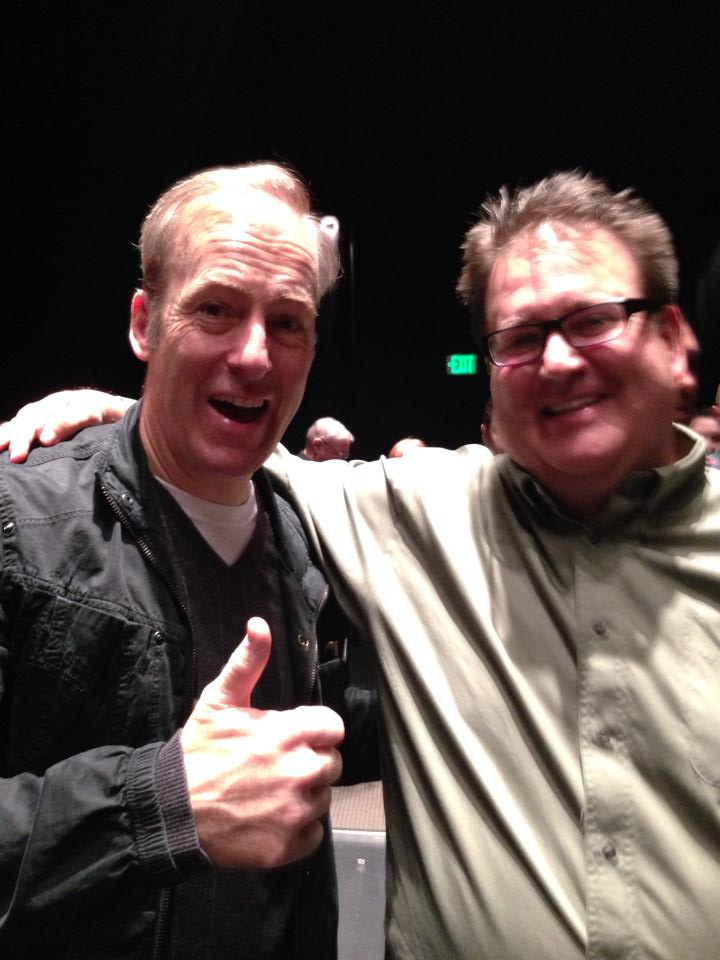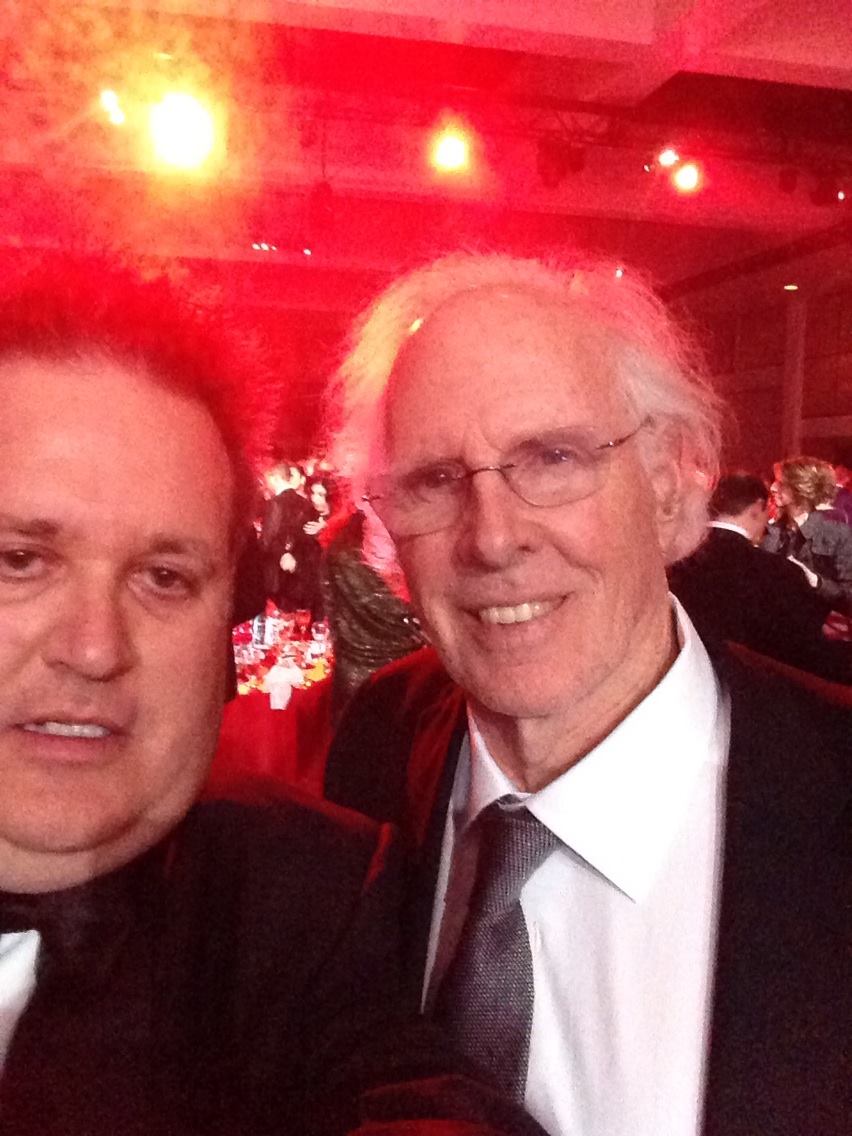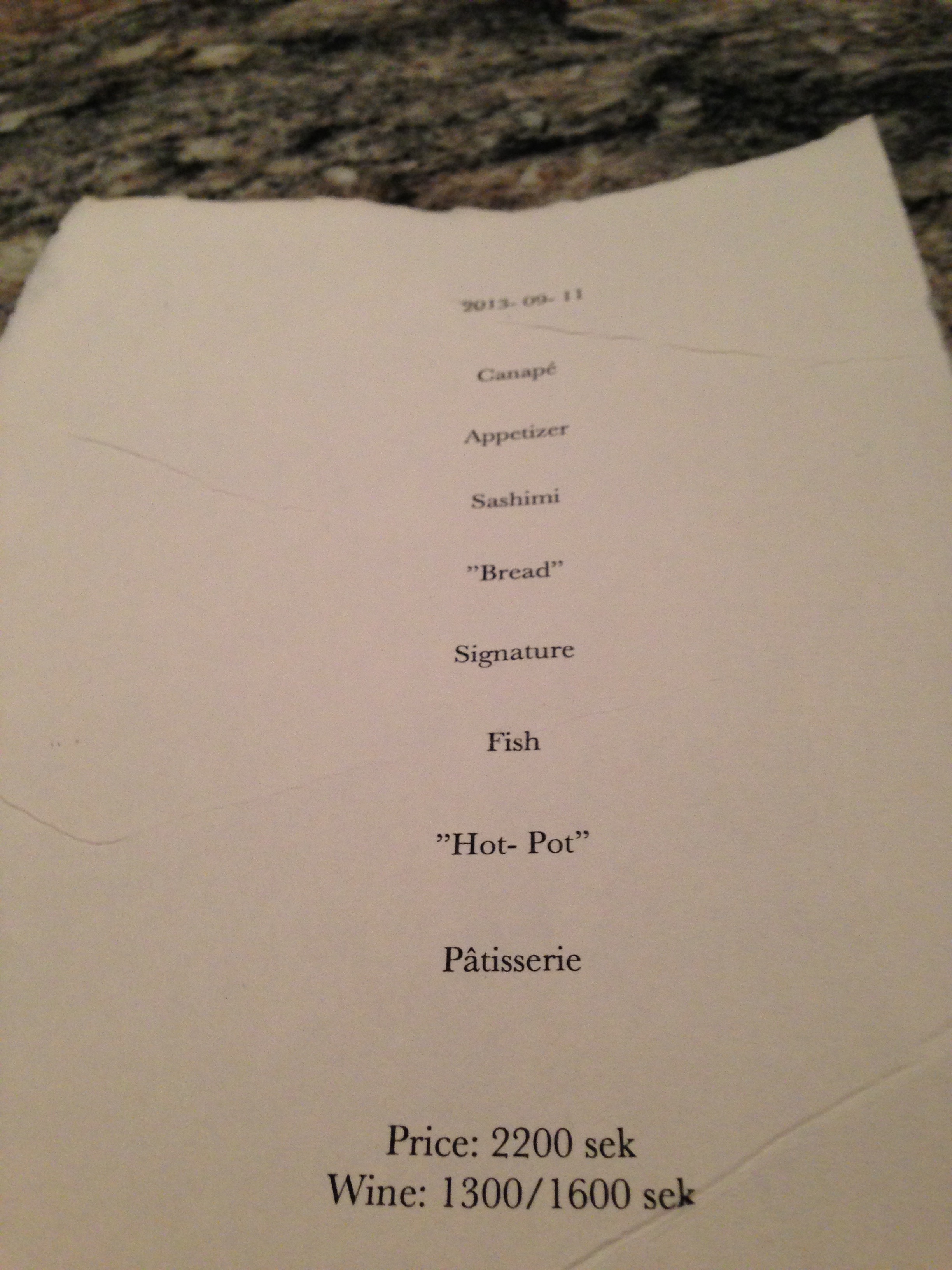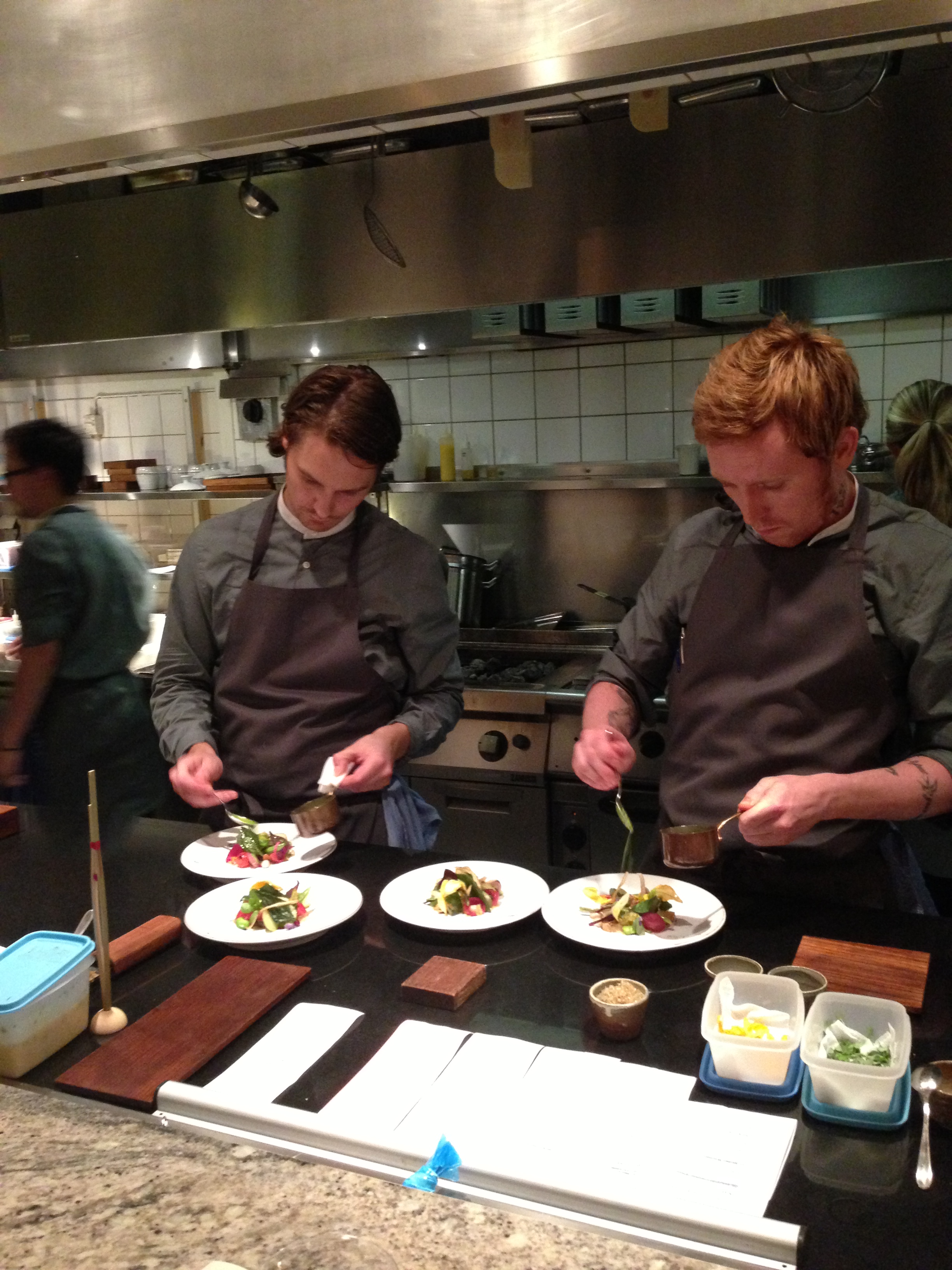The big picture on moving oil around the continent so we can drive our cars. The spills referenced weren't actually oil but the main point of this column stands. Reflexive opposition to pipelines flies in the face of the reality that they are the safest mode of transport.
By Kenneth Green
Senior Director - Natural Resource Studies
The Fraser Institute
CALGARY, AB/ Troy Media / - A pair of petroleum-related events in Canada has re-invigorated the public debate over the movement of petrochemicals such as oil and liquefied natural gas.
On October 17, a natural gas pipeline in a remote area of Alberta ruptured, releasing natural gas into the environment. As a result of the rupture, several major oil sands producers had to cut back on their operations. There was no fire, and as natural gas is non-toxic and disperses quickly in the atmosphere, there is little risk to the environment. Canada's National Energy Board quickly responded to the rupture, assuring people that there was no immediate safety concern for local residents.
On October 19, a Canadian National (CN) train derailed about 86 km west of Edmonton, with 13 cars coming off the rails. Three derailed cars were carrying liquid petroleum gas (propane) and four contained crude oil. The propane cars burst into flames upon derailment but the fire was quickly contained, and allowed to burn itself out. Nearly 100 people were evacuated from the local area but thankfully no injuries were reported as a result of the derailment.
The difference between these incidents, a pipeline rupture that threatened no-one and caused little or no environmental harm, and a train derailment that resulted in a serious fire, air pollution emissions, environmental destruction, and the displacement of a hundred people illustrates that, on virtually all metrics of safety, whether environmental, occupational, or residential, movement of oil and gas is safest via pipeline, less safe via rail, and still less safe via roadway.
Data pertaining to the safety of three modes of oil transport in North America show that, on an apples-to-apples basis, transporting a billion tons of oil over a mile of distance by pipeline has a very low likelihood of leakage - less than one incident per billion ton-mile. The risk of a leak by rail is twice as high, at two likely incidents per billion ton-mile. And trucks are 10 times higher still, with 20 incidents likely in moving a billion tons of oil over a mile.
In terms of volume spilled, it is true that pipeline ruptures release larger quantities of oil than individual truck or train spills, but again, when compared on an aggregate basis in terms of ton miles, pipelines are about equal to trucks, but worse than trains. The average releases for 2005-2009 were 11,286 gallons per billion ton-miles by pipeline, 13,707 gallons per billion ton-miles by roadway, but only 3,504 gallons per billion ton-miles shipped by rail.
When it comes to worker safety, pipelines also look safer. Safety data from the U.S. suggests that one would have only 0.007 injuries per billion ton-miles, while rail injury rates are 30 times as high. Road is still worse, with an injury rate 37 times that of the oil pipeline.
That pipelines are safer than trucks or trains should come as no surprise. A pipeline is fixed infrastructure with little exposure to the elements, fewer opportunities for operator failure, and with greater capacity for real-time monitoring and pre-planning for remediation based on the specific and well-understood characteristics of the pipeline route. Trains and trucks, running above ground, on fluid routes subject to constant change offer far more opportunities for breakdown, operator error, and injuries to workers as well as the general public. That's not to say that we should pick one particular mode: each has its pros and cons not only with regard to safety and environmental protection but with regard to economic factors such as changing market conditions - we'll need them all, we just need to understand that choices have consequences.
The public discourse over pipelines has been distorted by environmental groups that have exaggerated their dangers in order to persuade people to oppose their development. But as pipeline projects face increasing scrutiny, regulatory and social barriers, markets are responding in predictable ways, finding other ways to transport oil from where it is produced to where it will be consumed. Those changes, as we're seeing played out in the daily news, have consequences not only for the petroleum industry, but for the environment, for worker safety, and for the safety of those who live along transport routes, whether pipeline, railroad track, or highway.
Reflexive opposition to pipelines flies in the face of the data, which shows that pipelines are safer modes of transport than railways or roadways. Environmentalists engaging in anti-pipeline crusades risk causing considerably more harm than good.
Kenneth Green is Senior Director, Natural Resource Studies at the Fraser Institute. He is co-author of a recent report calledIntermodal Safety in the Transport of Oil.
www.troymedia.com
